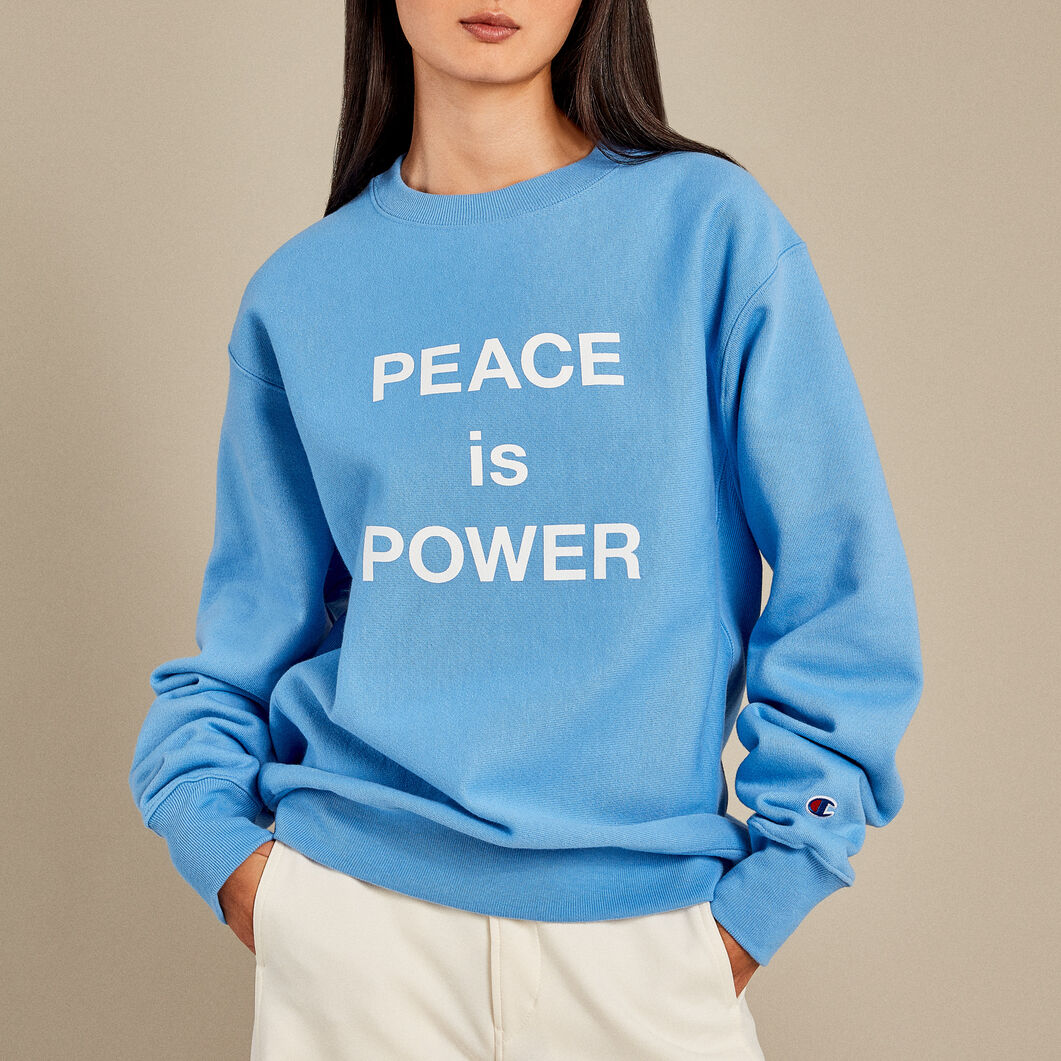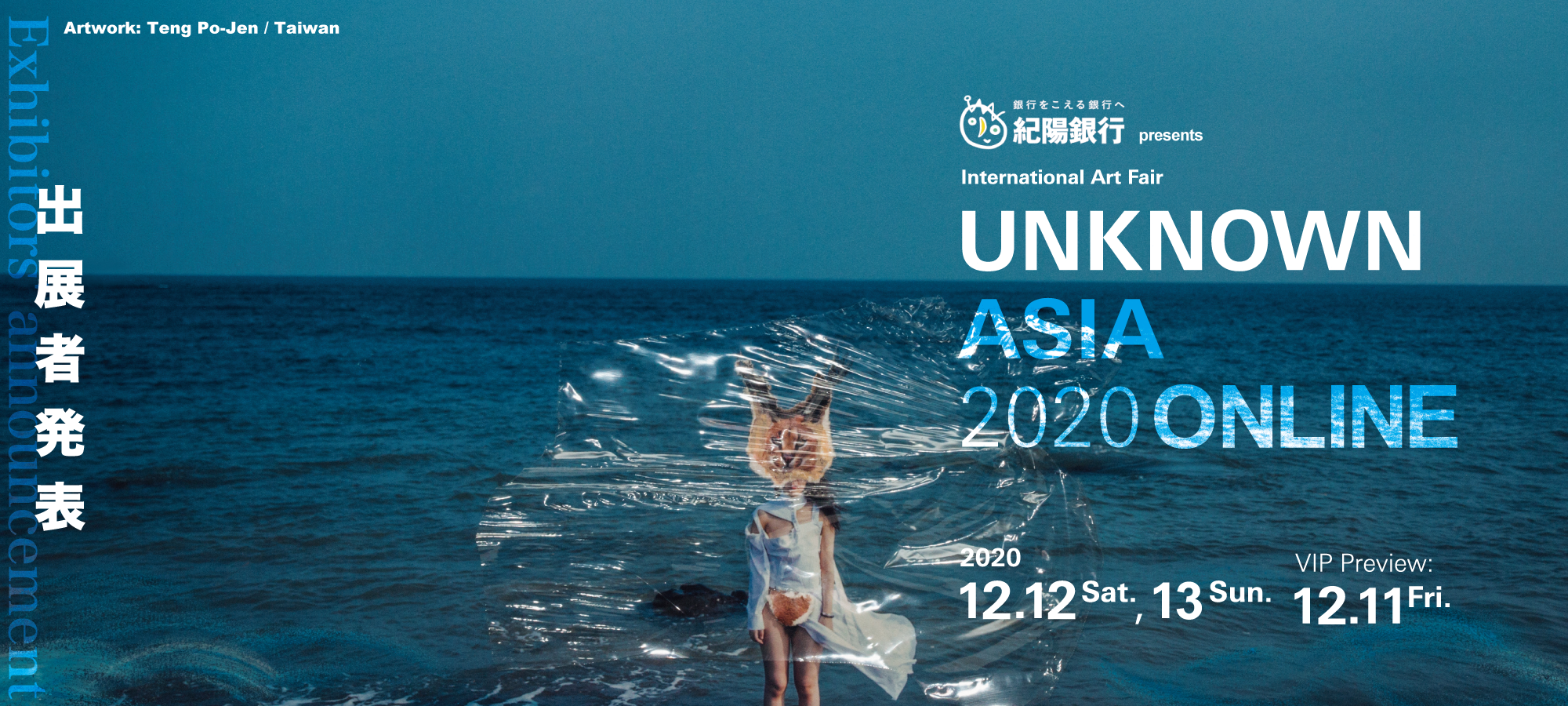SONAR 2004
HAPPENINGText: Peta Jenkin
Day two of the festival, and I was looking forward to the presentation by Lia, a Vienna-based artist involved in projects ranging from graphic design through to internet and real-time interactive art. Before the presentation I made my way upstairs to the installation “Bulbes”, by Canadian artist group Artificiel at the Sonorama complex. The lamps cycled through on and off states, producing sounds and illuminating people standing nearby. In a live performance situation, the light bulbs are ‘played’ with a computer, and different forms of signal processing are used to transform and distort the sound.

“Bulbes” by Artificiel
Back downstairs and Lia’s presentation was underway. Working with algorithms in ‘Director’, an interactive software application, she showed interactive works, with pixels splitting and reshaping in reaction to a combination of mouse movements and audio. Lia created a piece for Shift, which can be found at BIN archive.

Still-frame from interactive work by Austrian artist Lia
From an aesthetic point-of-view, I found her work to be the most design-oriented of the visuals I had seen so far. In addition to this presentation, Lia performed at numerous times throughout the festival for various DJ and live music acts, including Thursday evening’s concert with Ryuchi Sakamoto and guests.
With so much more to explore at the main venue, I fought my way once again through the throngs of tourists up Las Ramblas to have a look at Sonar A La Carte at the Centre for Contemporary Art, within the Sonar by Day complex.

Sonar A La Carte
Sonar A La Carte exhibited digital interactive works on computers, in a relaxed, salon-style setting. Many of the conferences and debates that took place in the adjoining rooms were related to works displayed in the Sonar A La Carte program. One component of the program was based on ‘Processing‘, a computer language developed by programmers Casey Reas and Ben Fry, as a tool for creating a potentially unlimited amount of artistic possibilities with computers. They aim to create a language that provides artists with the capability of making digital art without the need for software such as the ubiquitous suite of Adobe products or even 3D animation software like Maya and Lightwave, and as such, operate completely free of the restrictions and limitations of commercial software.

Still-frames from interactive pieces by Berlin-based artist Marius Watz
Works by Marius Watz, Toxi, and Soda, among others, showed experimentations and creative outcomes using the Processing language.
Read more ...








